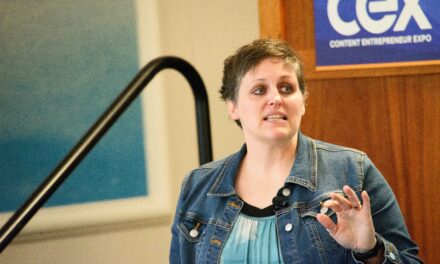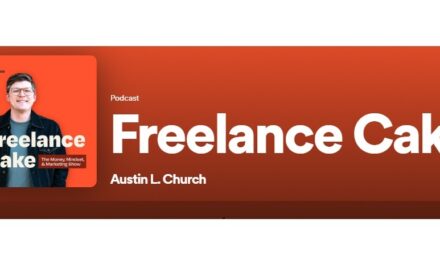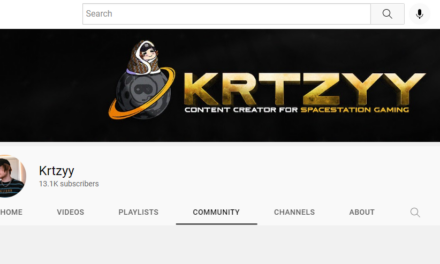As a content entrepreneur, you face a critical task to fuel your business’s growth: Find partners.
They could be brands interested in doing deals, entities with similar audiences interested in cross-promotions, investors, or even enthusiastic fans.
Entrepreneurs who have content tilts in the professional space will find LinkedIn can work well in your partner exploration strategy, particularly given the vastness of its membership – 930M in over 200 countries.
But how do you maximize your LinkedIn presence? And how do you straddle the fence if your content business isn’t your only full-time job?
Among the tips:
- Build a strong profile to showcase your expertise and purpose to indicate to potential partners that you are the right person.
- Boost your discoverability by using keywords in your headline (i.e., that space many people use to simply list their title) and summary.
- Create a hit list, an idea shared by Tilt founder Joe Pulizzi in this article (it’s No. 5.) Identify the people with whom your dream audience hangs out. Then, hang out with them, commenting on their content. Not sure who should be on your list? Use LinkedIn’s search feature for your keywords, locale, industry, etc.
- Publish LinkedIn content regularly. Connect with possible partners by engaging with their content and creating content that may attract their interest. Quote them in your LinkedIn content when appropriate and tag them to let them know you did.
- Send invitations and personal messages to potential partners. Don’t make your ask in your early correspondence. Use the opportunity to explain why you’re interested in them, their business, or their content. Ask questions to learn more about them and their activities.
That strategy all sounds good. But how do you do that if you have a traditional full-time job on your LinkedIn profile?
Determine if your LinkedIn profile must focus on your non-content business work. I don’t mean you should delete your experience to hide the fact you’re employed elsewhere. (Most potential partners won’t care. They realize people in the creator economy aren’t always full-time entrepreneurs.) I mean, would the people in your current professional life (i.e., employer) be OK if your LinkedIn profile wasn’t all about them? If so:
- Create an employment entry for your content business.
- Use your headline and cover image to tell the story of your content business.
- Publish articles and engage with a network relevant to your content business.
If your employer can’t know about your content business or you want to expand your LinkedIn presence, create a company profile page. It lets you tell the story of your content business. It also lets the audience know you think of your business as a company, not just you, the entrepreneur. Then, similar to how you use a LinkedIn profile, you can post and comment on behalf of the company.
About the author
Ann regularly combines words and strategy for B2B, B2C, and nonprofits, continuing to live up to her high school nickname, Editor Ann. An IABC Communicator of the Year and founder of G Force Communication, Ann coaches and trains professionals in all things content. Connect with her on LinkedIn and Twitter.










